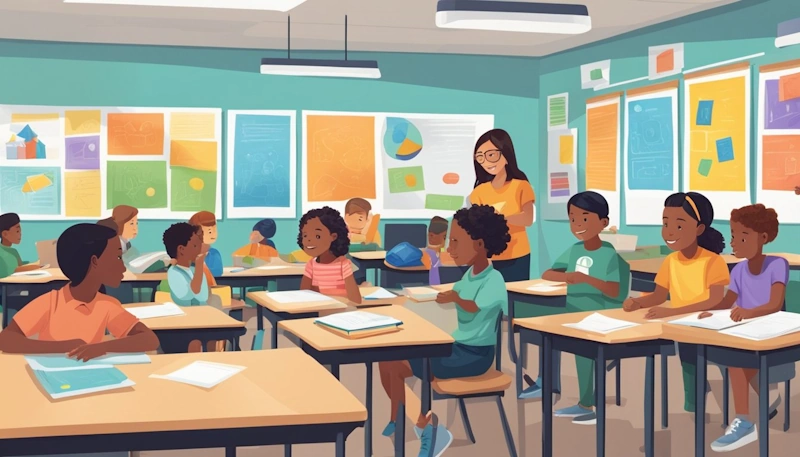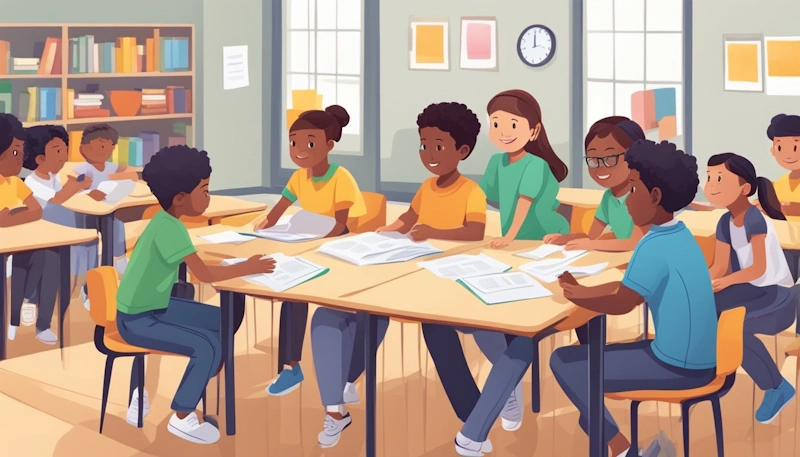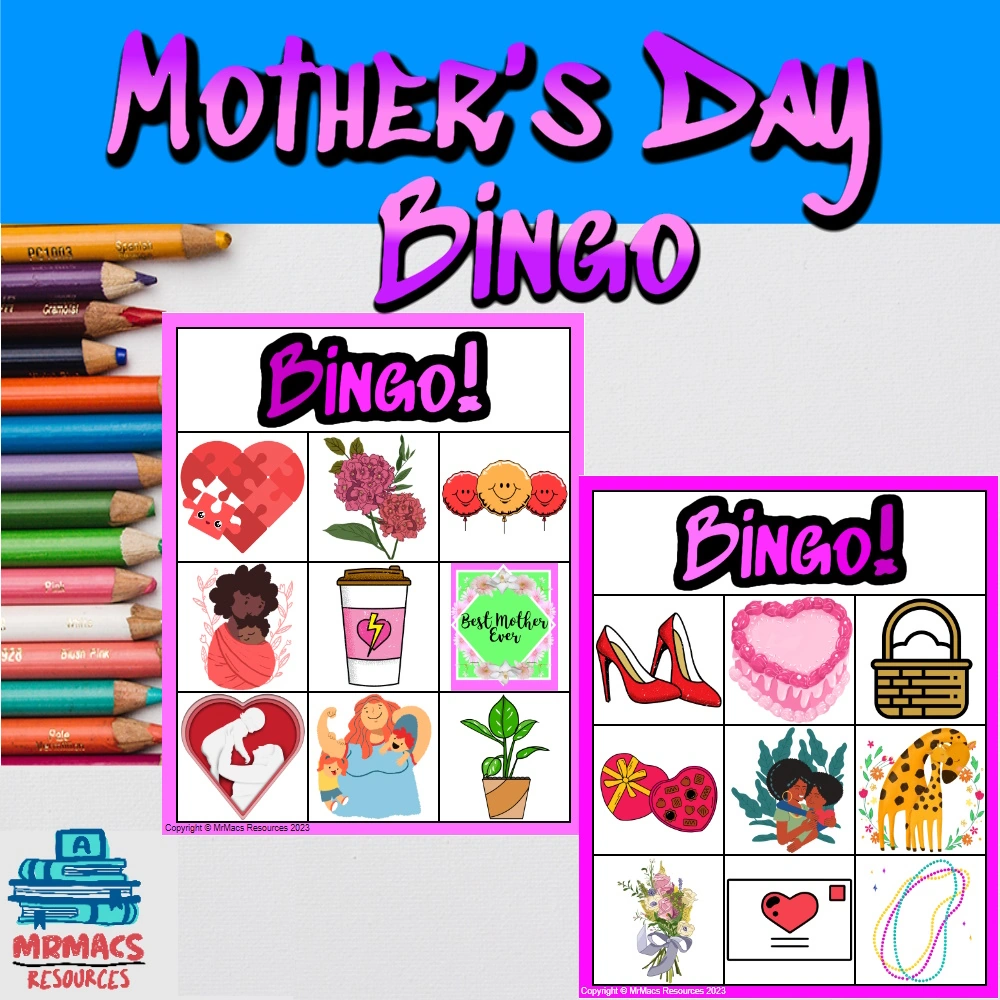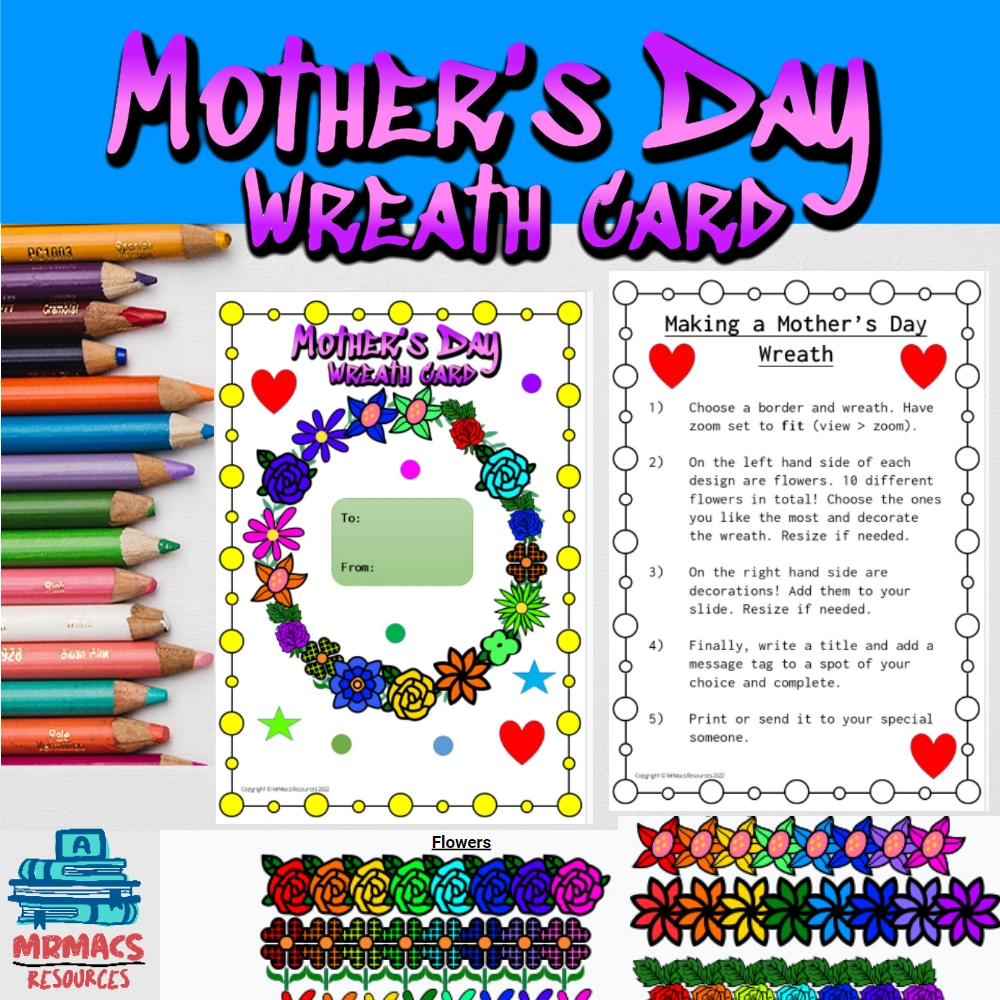
Teaching social emotional learning (SEL) in the classroom helps students understand and manage their feelings, build healthy relationships, and make thoughtful decisions. By using easy, proven strategies, you can help students feel safe, connected, and ready to learn. This not only supports their emotional wellbeing but also boosts their ability to focus and work with others.
You might be wondering how to begin or improve SEL in your classroom. Simple changes like starting each day with a quick check-in, arranging more partner or group work, and encouraging kindness can make a big difference. Ultimately, with the right techniques, you can create a positive space where students grow both socially and emotionally.
Core Principles of Social Emotional Learning in the Classroom
Firstly, SEL helps students understand themselves, control their feelings, and build good relationships with others. Teachers play an important part in guiding students, using clear routines and friendly interactions to support these skills.
What Is Social Emotional Learning?
Social Emotional Learning, or SEL, is a set of skills that help you handle emotions, set goals, show empathy, keep positive relationships, and make responsible choices. Furthermore, the CASEL framework highlights five main areas:
- Self-awareness
- Self-management
- Social awareness
- Relationship skills
- Responsible decision-making
You learn to notice your feelings and control your reactions. This helps you act kindly and stay calm when things go wrong. SEL is not just about managing behaviour. Moreover, it is also about understanding others and being part of a community.
The Role of Teachers in SEL
Teachers guide students in learning SEL by modelling respectful behaviour and using positive language every day. You might notice teachers setting clear expectations at the start of class or encouraging students to talk about their feelings.
It’s also common for teachers to lead activities where students practise teamwork or solve problems together. In short, teachers support you when conflicts happen, showing ways to resolve them calmly and respectfully.
In summary, by giving regular feedback and being consistent, teachers help you build habits that support SEL. Their actions show you how to treat others kindly and make good choices at school.
Importance of Classroom Community
A strong classroom community is important in Social Emotional Learning. When you feel included and safe, you are more likely to try new things and help others.
What is more, teachers often create this sense of community by starting the day with check-ins or group activities. You get chances to share your thoughts and listen to others, building trust with your classmates.
To add, having a positive classroom community lets everyone practise SEL skills like cooperation, respect, and empathy in real situations. This makes it easier for you to connect with others and feel like you belong in your education journey.
Essential Strategies for Teaching Social Emotional Learning
Helping students build social emotional skills in the classroom supports their wellbeing and ability to learn. By focusing on specific skills like self-awareness, empathy, and building relationships, you create a caring and inclusive environment for everyone.
Building Self-Awareness and Self-Management Skills
Encourage students to recognise and understand their own feelings. You can use daily check-ins or emotion charts to help them identify their emotions throughout the day. These activities give students a safe space to talk about how they feel.
Additionally, teach students how to set personal goals. Setting goals helps them manage their actions and reactions, making it easier to handle stress or solve problems. Mindfulness exercises, like deep breathing and guided meditation, are also useful for teaching students how to pause and manage strong emotions.
You can also discuss positive ways to cope with frustration, such as taking a break or writing in a journal. By practising these skills, students learn how to stay calm, think clearly, and make responsible choices. This helps build confidence and independence in the classroom.
Fostering Social Awareness and Empathy
Help students see things from other people’s perspectives. This can be done through group discussions, reading stories about different experiences, or partner activities that encourage sharing and listening.
Discuss real-life situations where students might need to show kindness or compassion. Use role-playing to let students practise empathy and understand the feelings of others. For instance, encourage your class to celebrate differences and include everyone, so no student feels left out.
You can display a list of empathy-building actions, such as listening with care or helping someone in need. Each week, focus on one action as a goal for the class. This approach develops understanding and a sense of community among students.
Promoting Relationship Skills and Healthy Relationships
Teach students how to communicate clearly and respectfully. Practise using “I” statements instead of blaming language—for example, “I feel upset when…” rather than “You make me upset.” These skills make it easier for students to solve conflicts peacefully.
For example, set up regular activities where students must work together, such as group projects, partner reading, or team-building games. These experiences let students practise cooperation, respect, and compromise.
What’s more, encourage using active listening, where students repeat back what someone else has said to show they understand. You might also use a table, like the one below, to reinforce relationship responsibilities.
|
Skill |
Example in Class |
|
Respect |
Waiting your turn to speak |
|
Cooperation |
Sharing materials |
|
Problem solving |
Working through a disagreement together |
Hence, by developing these skills, students build trust and learn how to keep healthy, positive relationships with both classmates and adults.
Practical Classroom Approaches and Activities

Building students’ social-emotional skills needs clear routines and purposeful activities. You can use daily check-ins, student reflection, and simple mindfulness exercises to help students manage feelings, grow resilience, and show gratitude.
Social Emotional Learning: Integrating Morning Meetings and Mindfulness
Morning meetings help students start the day feeling safe and included. Use a simple greeting, share news, and do a group activity that encourages teamwork or problem solving. These meetings can set a positive tone and build a sense of belonging for everyone.
Mindfulness activities teach students how to pause and pay attention to their thoughts or feelings. You might lead a one-minute breathing exercise or a short body scan. These calm the mind and help students control emotions. You may also help reduce stress by playing soft music or keeping the classroom quiet for a few minutes each morning.
Try a “gratitude circle,” where each student shares something positive. Practising mindfulness and gratitude supports motivation and well-being. Moreover, both can become daily habits that improve classroom climate.
Journaling and Student Reflection
Journaling helps students understand their emotions and track their progress. At the start or end of each day, ask students to write about what went well or what they found challenging. Use prompts such as “Describe a problem you solved today” or “How did you help a classmate?”
Encourage students to reflect on mistakes by writing how they might handle things differently next time. This grows a growth mindset, as students start to see challenges as chances to learn. Journals can be private or shared with you in one-on-one meetings.
In addition, you can also use reflection time to help students set short-term goals. This practice builds self-awareness and encourages motivation. Regular reflection activities make it easier to spot changes in mood or behaviour.
Embedding Social Emotional Learning in Lesson Plans and Classroom Management
You can weave SEL into everyday lessons by planning group projects that need teamwork and problem solving. For example, in maths, use partner work to encourage students to solve tasks together and talk through their thinking. In reading, have students discuss characters’ feelings or choices.
Furthermore, use open-ended questions to guide classroom discussions. Questions such as “How might you feel in this situation?” or “What are some fair ways to solve this problem?” prompt students to consider others’ perspectives.
Good classroom management also supports SEL. Clear, consistent routines and positive language make the environment predictable and safe. Celebrate effort and progress, not just correct answers. These strategies help students feel valued and develop a strong sense of well-being in your classroom.
Conclusion
In conclusion, implementing effective strategies for teaching social emotional learning in the classroom is essential for fostering students’ overall development.
By incorporating approaches such as modelling empathy, promoting collaborative activities, and integrating mindfulness practices, teachers can create a supportive and inclusive environment.
Furthermore, consistent reinforcement and reflection enable students to internalise these skills, leading to improved emotional regulation and interpersonal relationships.
Therefore, as teachers continue to prioritise SEL, they not only enhance academic outcomes but also equip students with vital life skills.
Ultimately, embracing these strategies contributes to the cultivation of well-rounded individuals prepared to navigate the complexities of both school and society.
Tell me below how have you embedded SEL in your classroom?
About The Author

Hi! My name is Mr Mac. I am a K – 6 teacher. I love to create resources for teachers to make their teaching lives easier.



